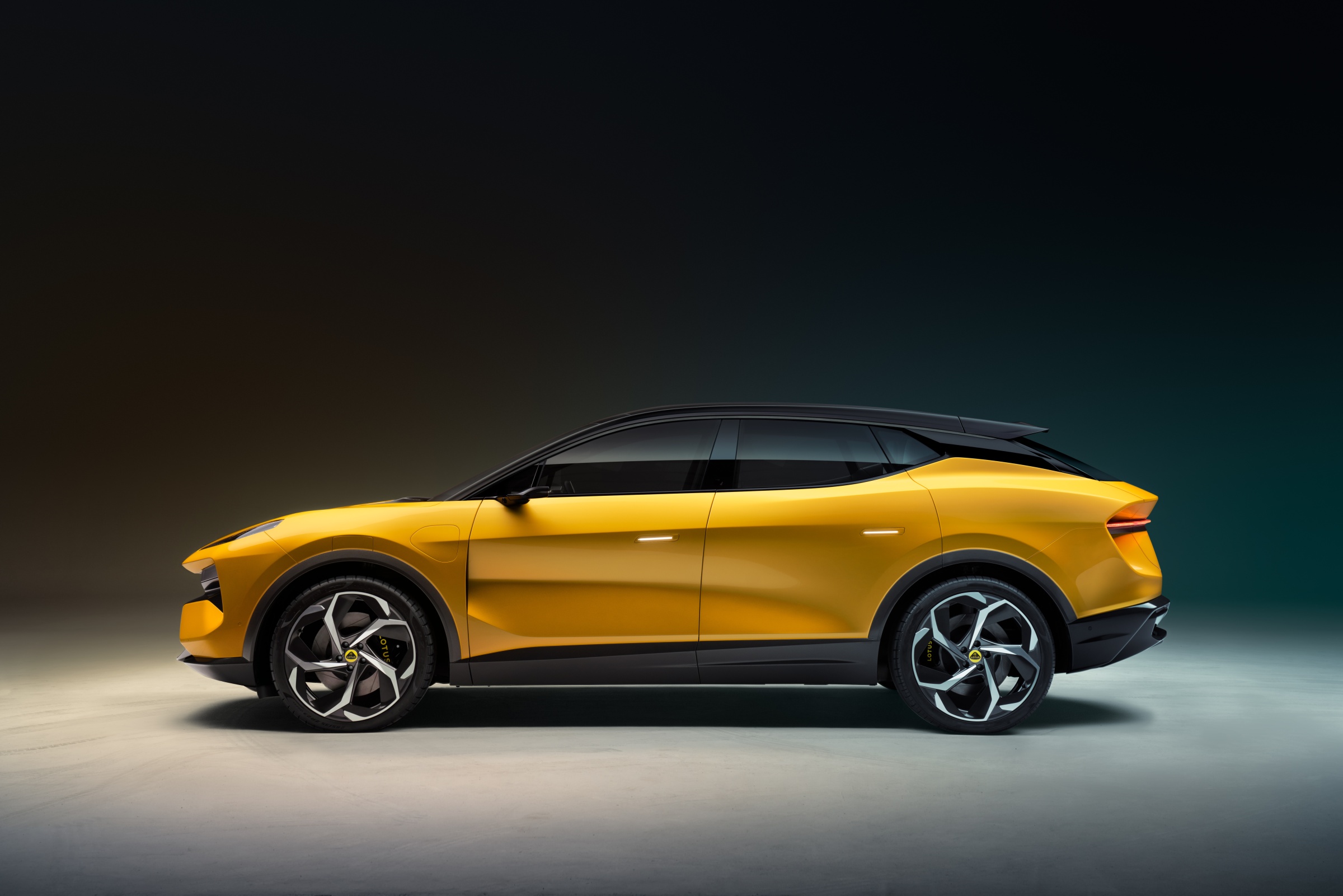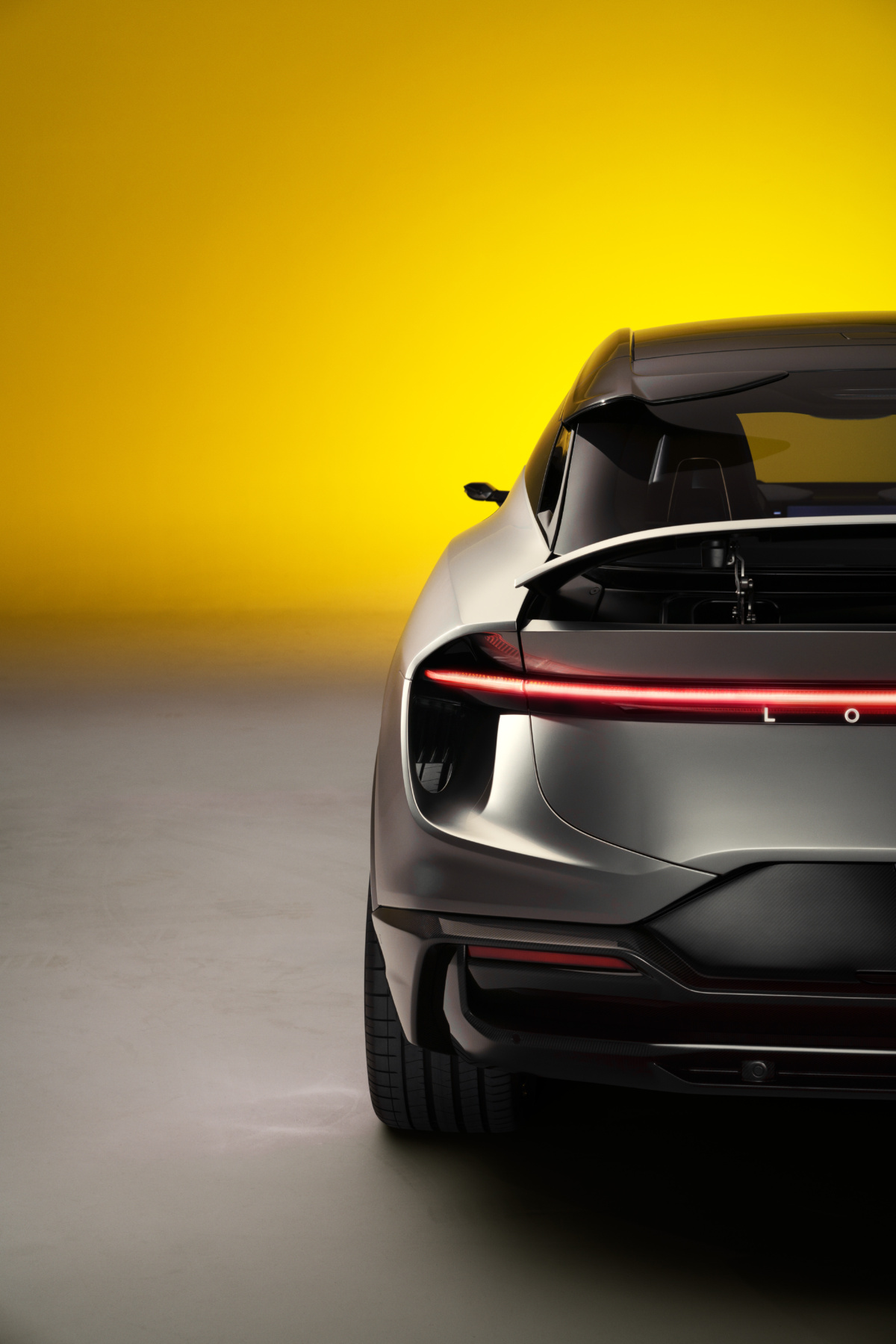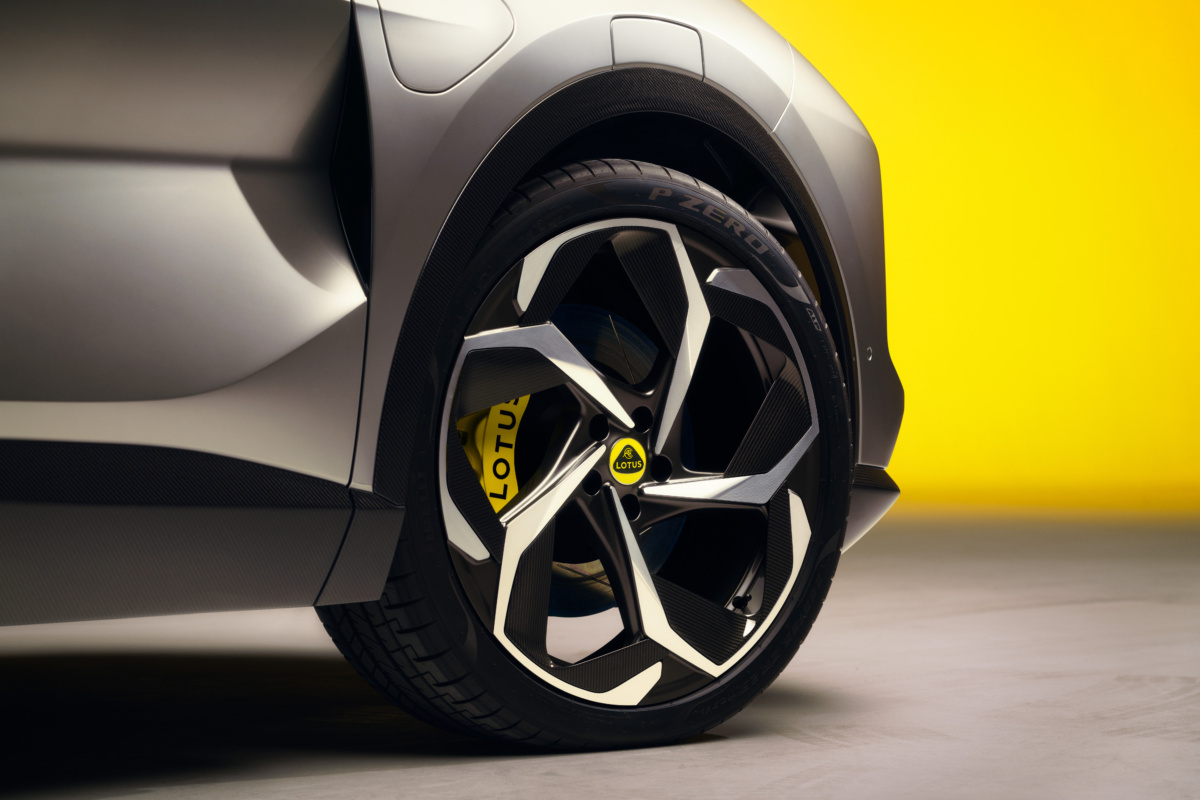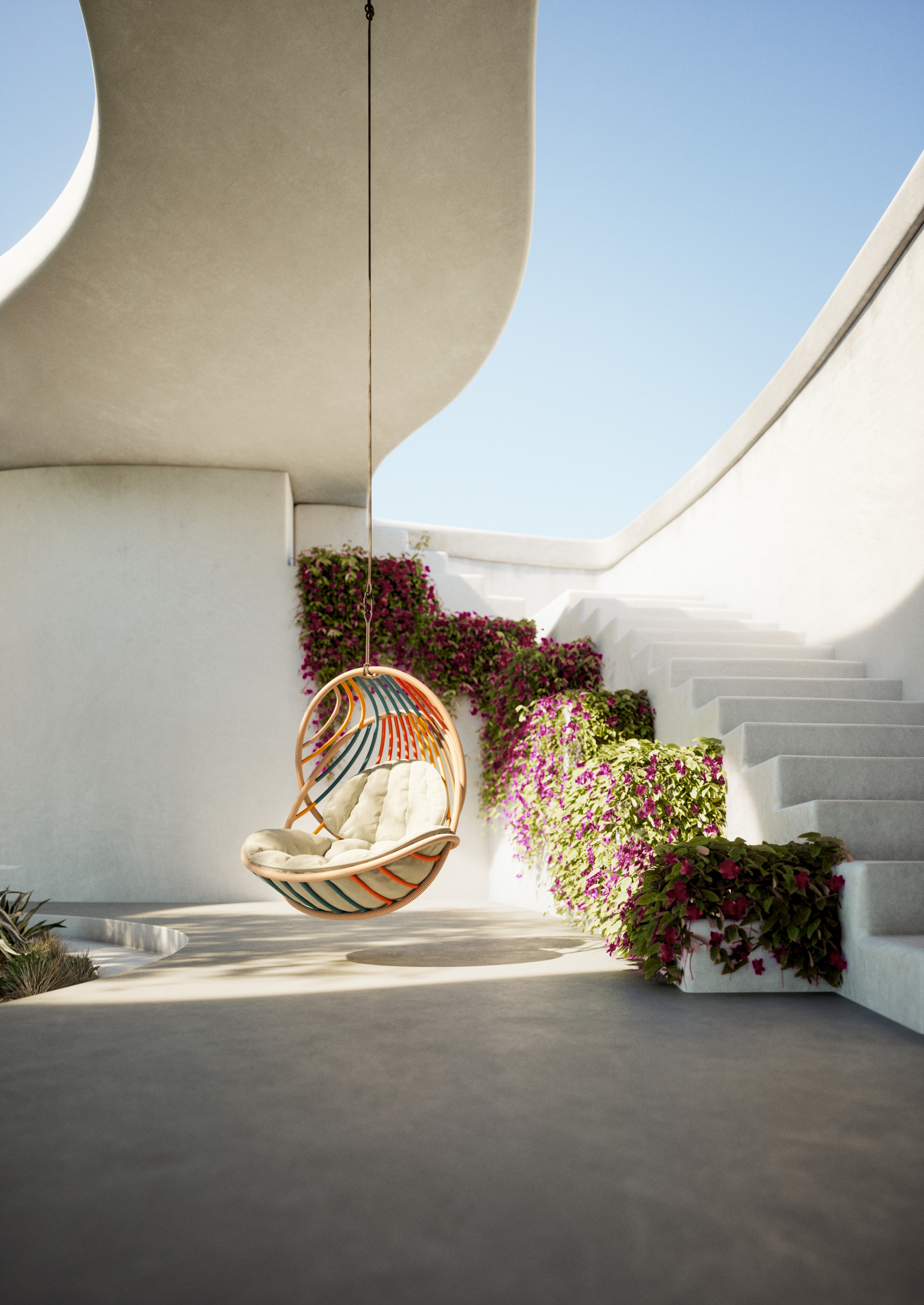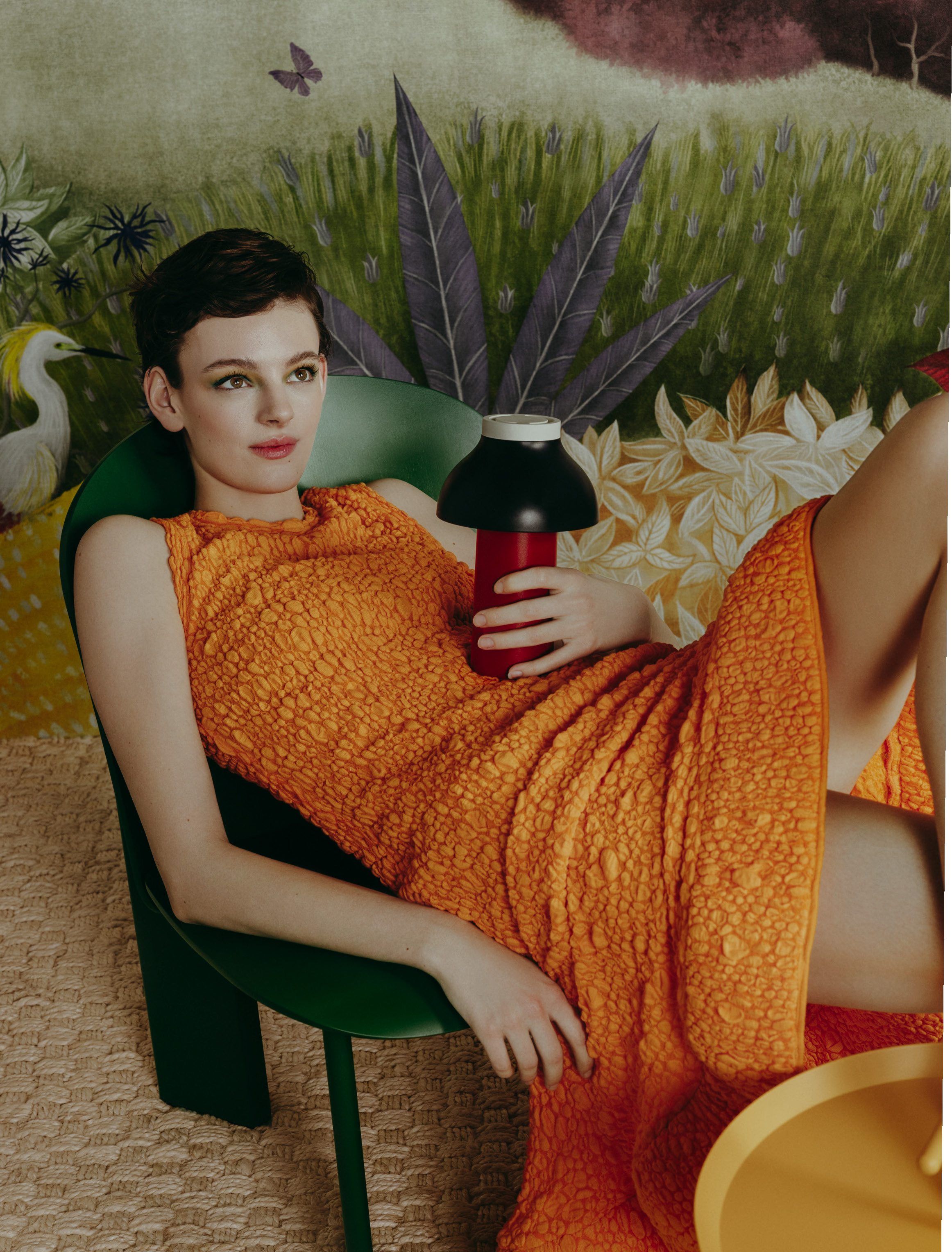Ben Payne is the chief creative officer at Lotus Technology. He talks about the process of creating the all-new and all-electric Lotus Eletre, a Hyper SUV.
Chris Force: How did you find yourself as the chief creative officer for Lotus?
Ben Payne: I worked an awful lot as a consultant is the honest truth.
I took the relatively conventional route as an automotive designer: Coventry University in the UK for undergraduate with internships at the Volkswagen Group.
Then I went on to postgraduate studies at the Royal College of Art in London, which is known for feeding people into the industry. I had a sponsorship from Ford of Europe then and worked for them for a bit.
Following that I began working for a consultancy. I’ve worked for probably more than 25 major OEMs (original equipment manufacturers) ranging from startups through evolving brands that already exist all over the world.
I’ve been with Lotus now for just over four years.
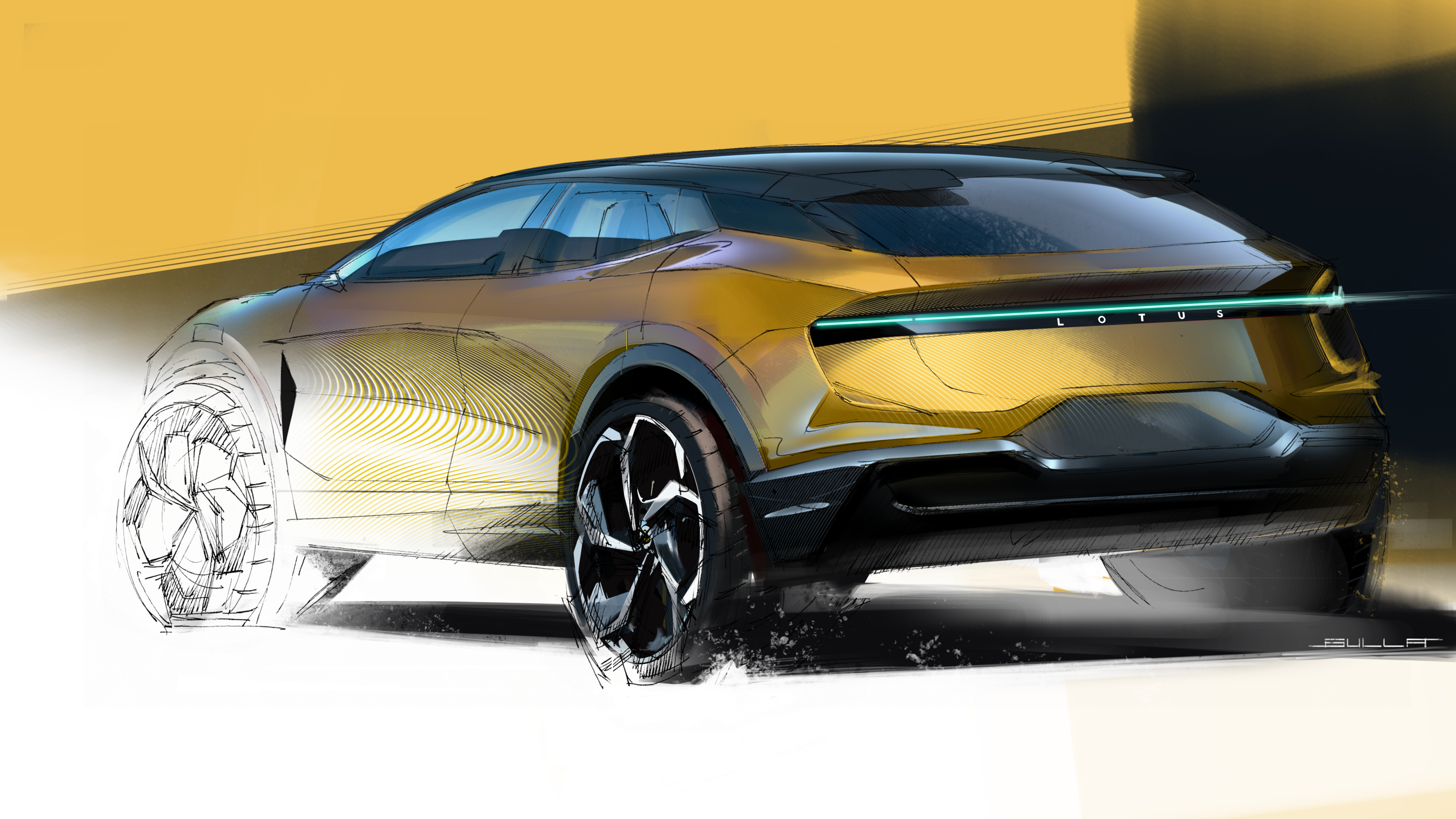
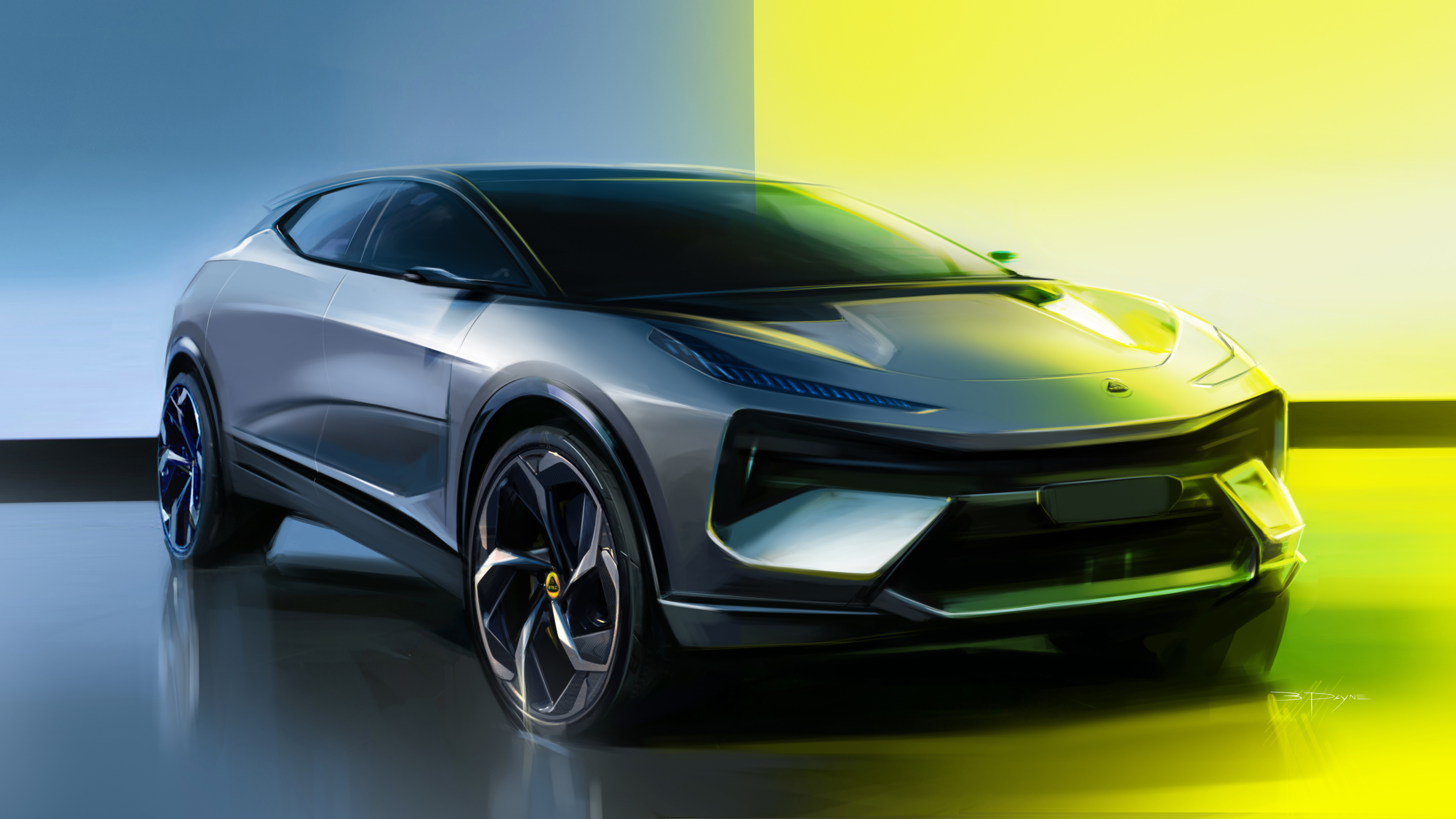
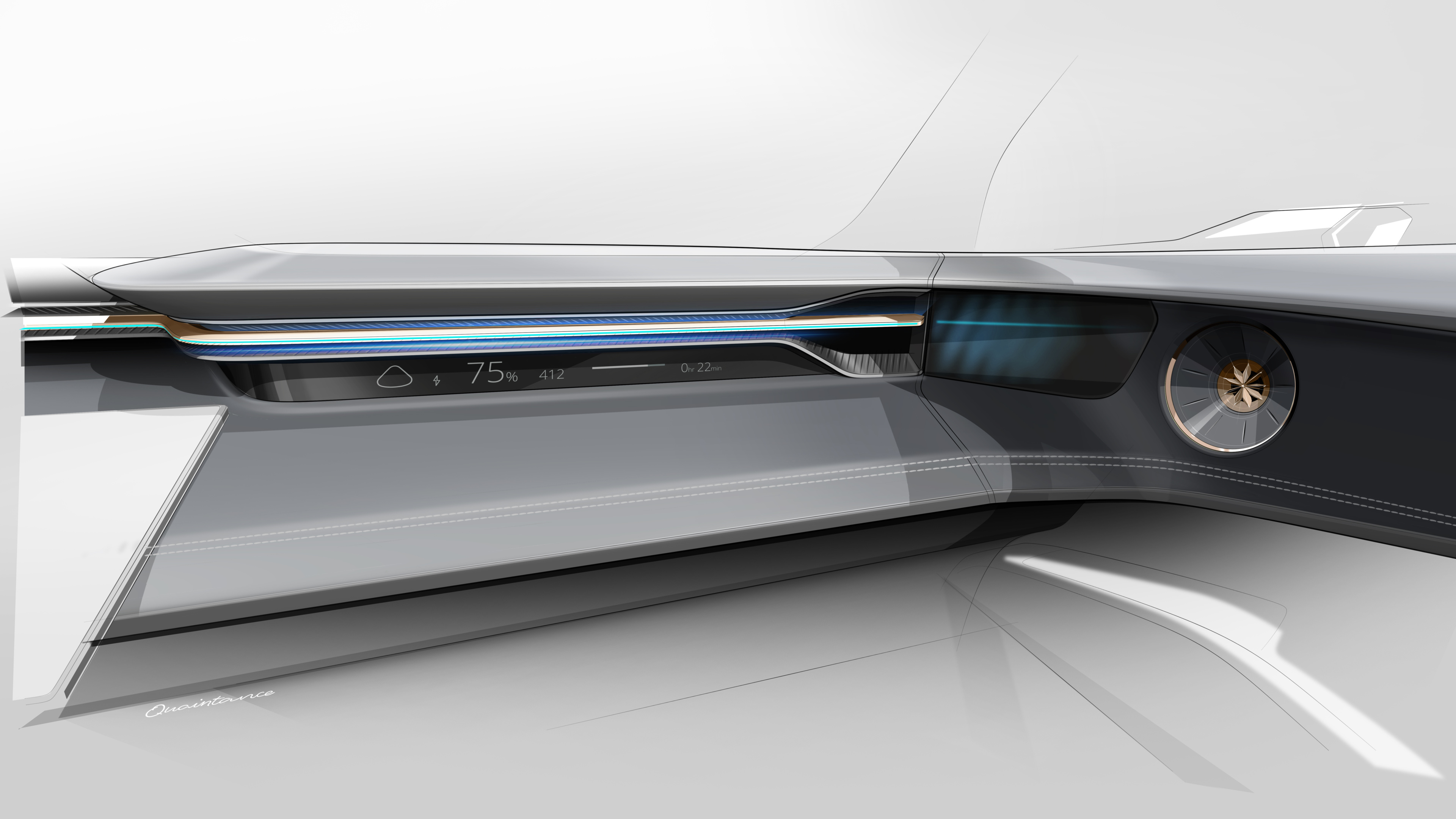
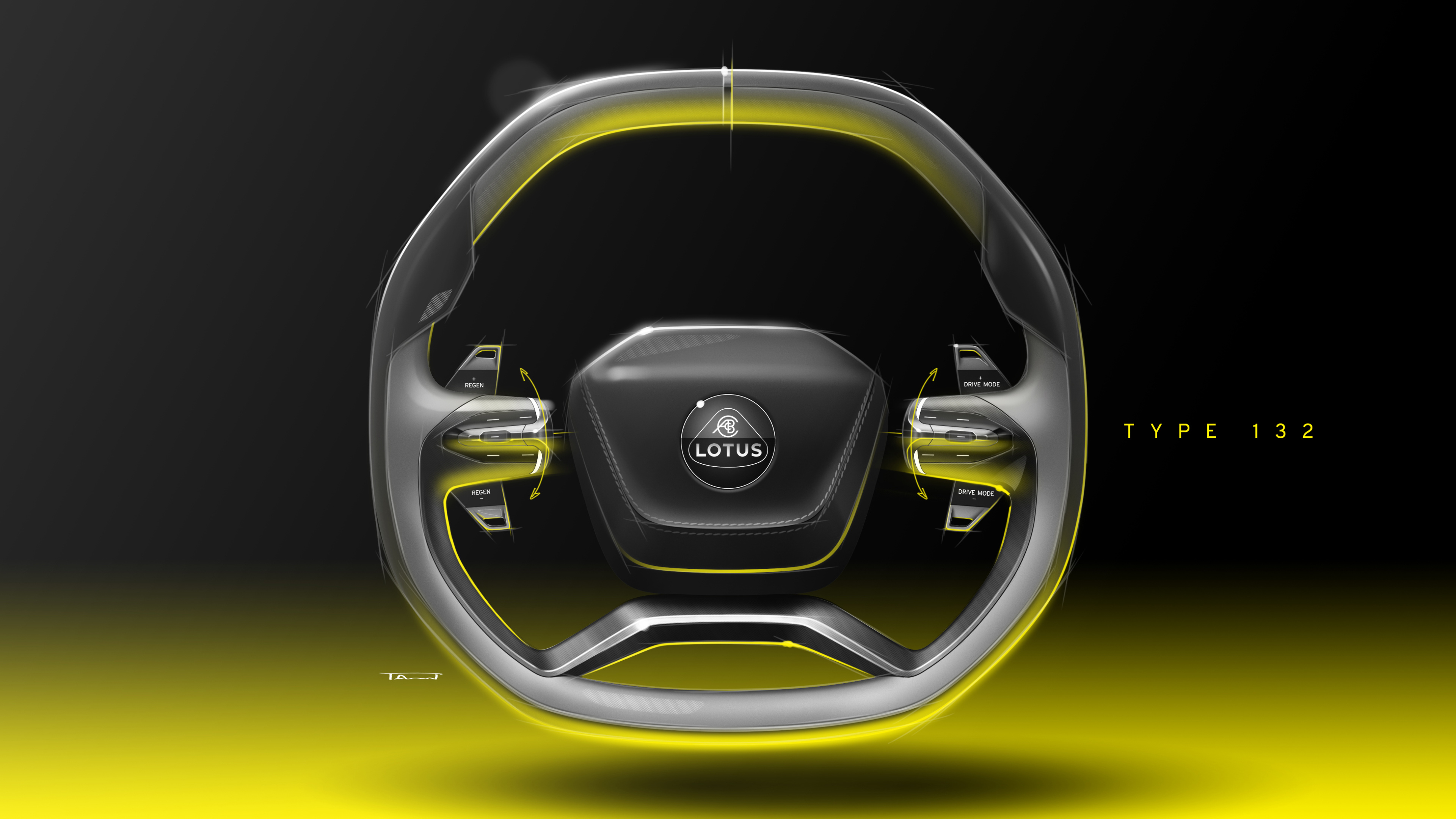
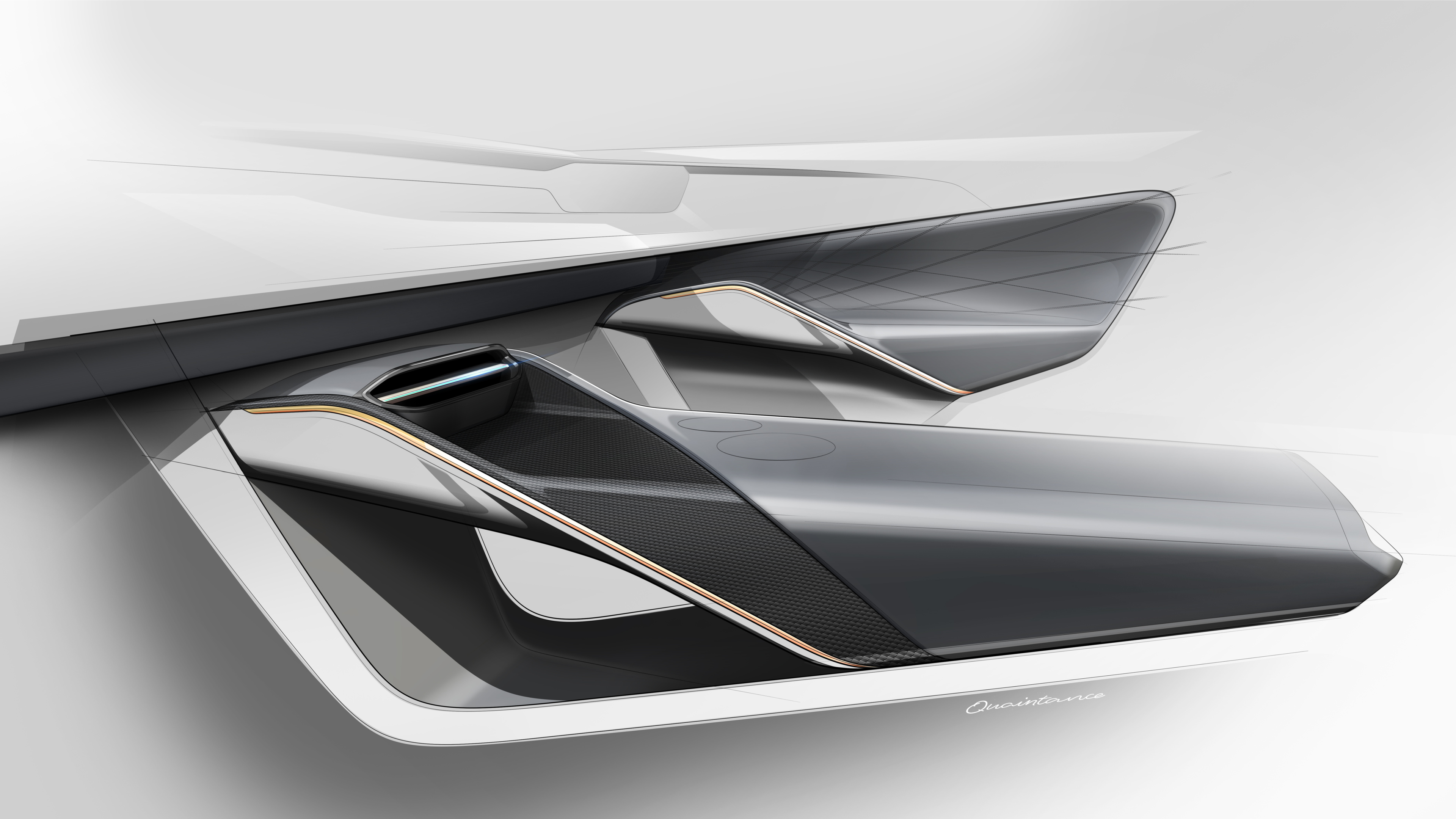
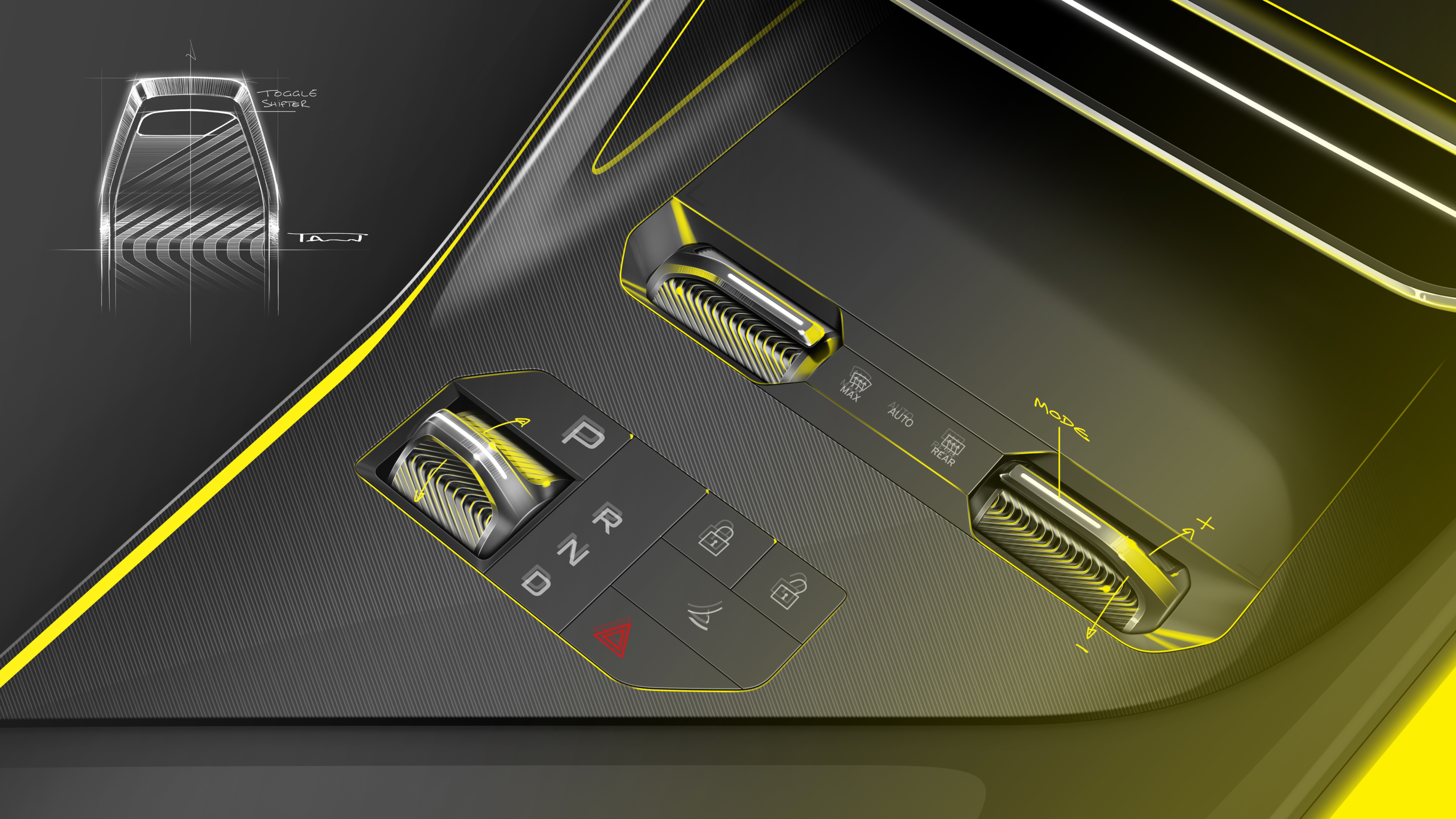
Were you interested in cars as a child?
To be honest, not really. I’m not the most automotive of people. I was into fine art, painting, and drawing as a young child. Sculpture was a big thing for me. It wasn’t car focused at all; that was much later when I started looking at what to do with an ability I had.
If I was given the time now I probably would paint again. I really like manual things and the physical interaction of creating artworks. I like the sculptural side of what we do in car design. I was always relatively strong in science and math as well, so everything fed together as a car designer.
What artists inspire you?
What I like now are abstract and modernist art—things that get people scratching their heads a bit.
Gerhard Richter is amazing—unbelievable in photographic representation and figurative work and then completely bizarre abstract things. The English artist Victor Pasmore was prolific in the ’50s, just bizarre scribbly things and dots on pages, but I love it because the composition and expression of thought is interesting.
I’ve got wide-ranging interests in art, but it tends to be the more abstract and expressive things, which is a real counterpoint to what an automotive designer does. We use our skill with a pen or digital media to illustrate exactly what something looks like. The skill set today is really around photo realism to sell ideas. That’s the opposite of a painter and a canvas.
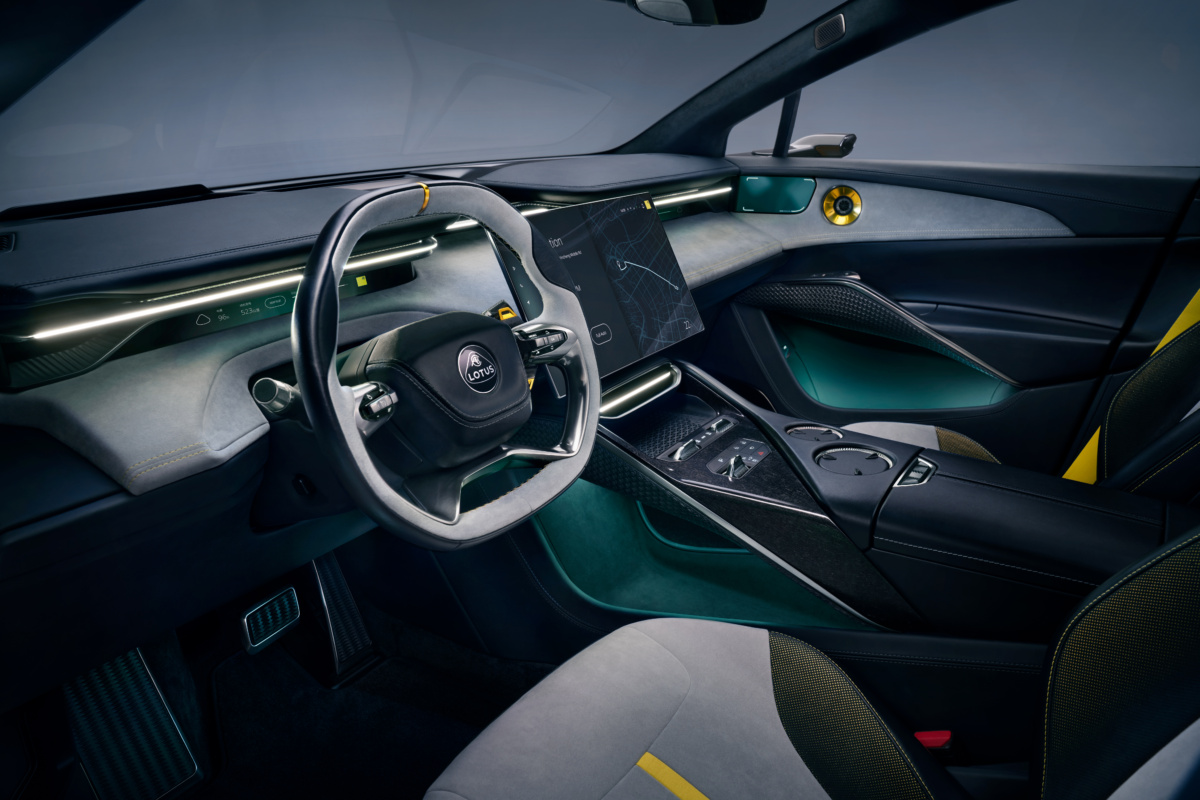
I think that designers are interested in Richter as an artist because he is so successful in multiple different mediums, it’s almost as if he’s being assigned to different projects by different brands. Does that diversity interest you?
In the design world we do cars, but we also stretch ourselves into other areas. It’s that ability to flip-flop between brands or products or anything that is the appeal.
It’s an exciting profession. It’s not that you learn a trade or a skill and then that’s what you do. Progress in the design world is pretty quick and staying abreast of that is what makes it so interesting. Our ability to diversify is part of the appeal.
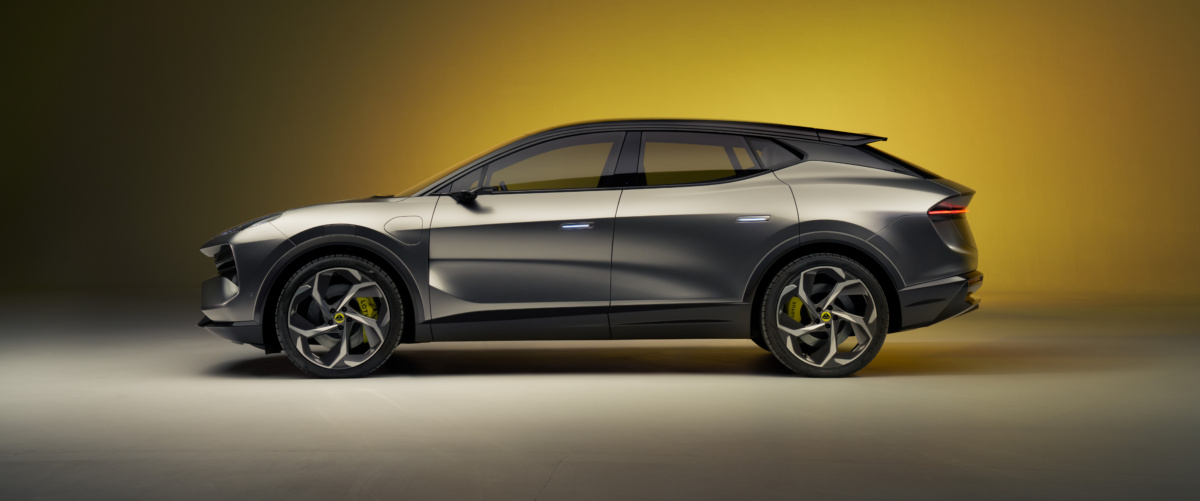
How did the assignment for the Lotus Eletre come across your desk? This vehicle was a bunch of firsts for the brand and I’m curious how, when something is so new, the project starts. What was the brief like?
The brief we received was quite simple, but then a good brief should be pared down to the minimum statement to get you to engage with the idea.
So the brief we would have is: “We need to do X.” Underneath that are different inputs from people who’ve done research around customer expectations. Then there are the engineering constraints that must be understood. Then the product planning and marketing side of it needs to be fed into it.
The initial brief looks relatively simple. We’ve got to take Lotus into a totally new space. It’s a lifestyle product, it needs to accommodate people in comfort but also be a performance car. People were mentioning the word SUV. That’s kind of it as an initial brief.
Then you drill into it. What is the future of the brand, what is the journey, how do we make a more sustainable business model based around sales, volumes, diversification, customer appeal? How do we make sure future users understand us and that we’re relevant?
When we begin that journey it becomes more and more complex. For Lotus simplification is important. How do we keep our messaging as simple as possible? How do we make sure people understand it?
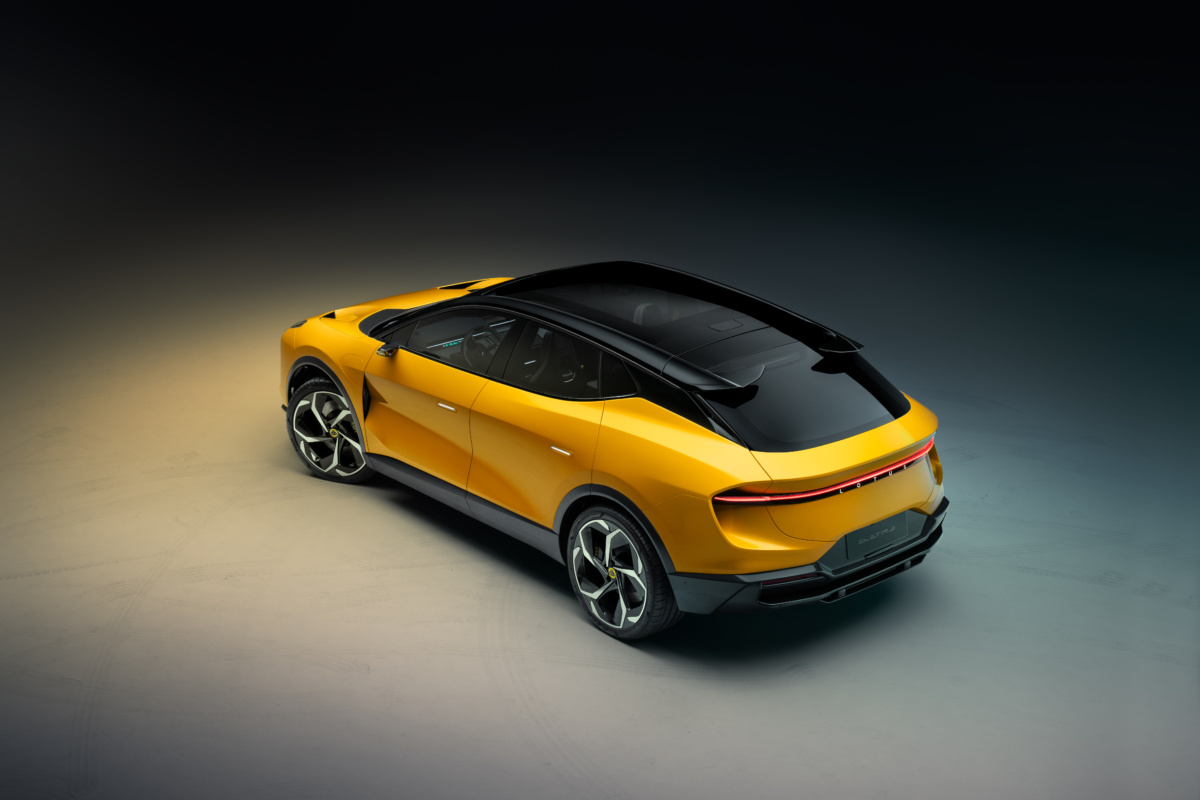
Was your studio specifically built for this project?
We were set up as a new studio to help Lotus transition into different products and categories. Lotus is traditionally known for sports cars—lightweight, dynamically focused, highly functional on track vehicles. This was a different proposition.
It was many firsts. With electric drivetrains there are different engineering groups. Some of the design knowledge we needed to harness was completely different in terms of the technology and user interaction. For autonomous driving, how do we deal with that from a design and engineering point of view? Then you get into simple things like body construction. An aluminum bodied car requires a different skill set again.
How many people are on your design team?
At Lotus Tech Creative Center now we have somewhere just over 140 people. That’s not pure design; we’ve got a lot of support functions in the business to deal with the operation side of things and to make sure everything runs as it should.
We’re roughly 120 creatives who span across all of the areas—traditional design disciplines, exterior, interior, and we have quite a sizable department in color and materials, as well as a sizable department in terms of UI and UX. We have a small team doing strategic design functions, which is thinking about future of the brand and how we funnel that into future products. They also look at the future product landscape. That’s an interesting area.
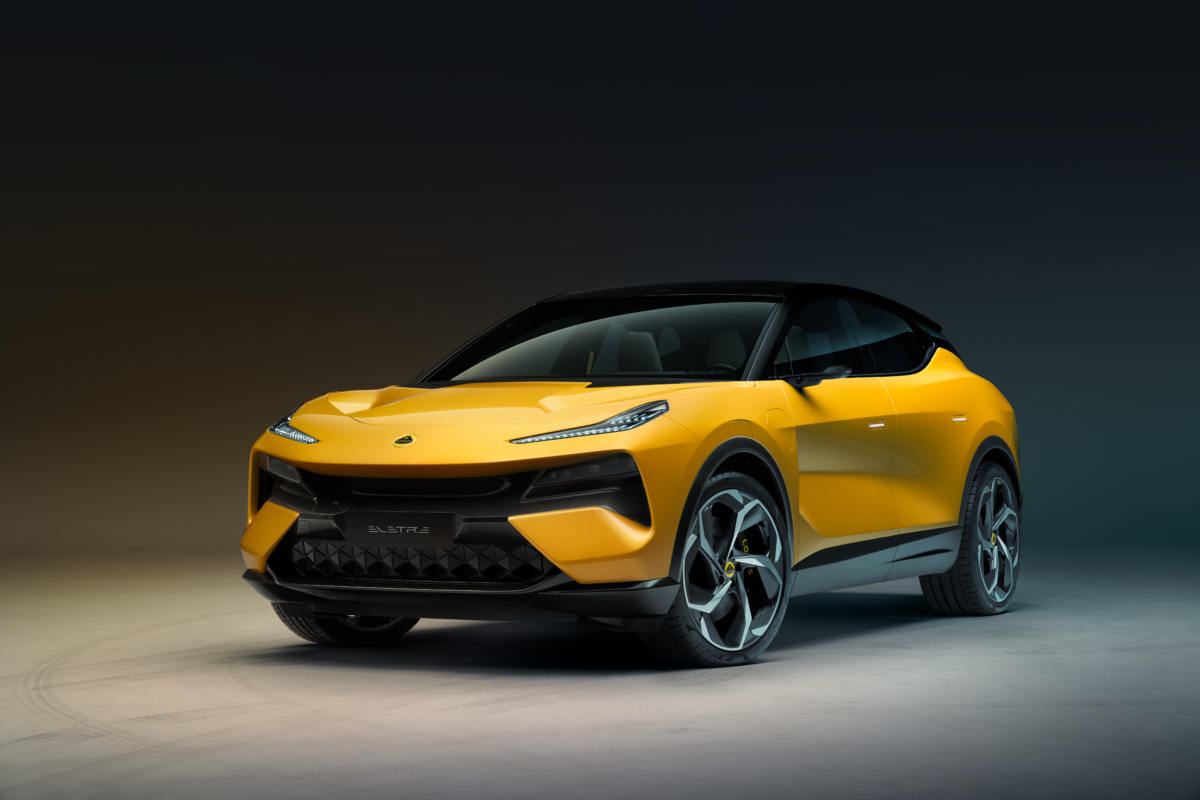
We then have a group of what we call studio engineers, then digitally we have a large team doing surfacing and modeling. We also have a physical modeling group. We still do traditional clay modeling and get really into the physical side of it. I think it’s important for very emotional products, which Lotuses are, to maintain that physical touch point. There’s a good crossover between physical and digital.
Can you walk me through the prototype process a little bit? Do you still make full scale clay models?
It goes from a first sketch that is manually done into digital models, which are loosely put around the package. The vehicle architecture is done digitally where we work out where things are and where occupants can sit inside.
From there we usually go directly to a one-to-one model in clay, which we can move around very quickly and iterate. We’ll do a number of proposals. At the same time we’ll take some of the loose interior surfaces and make what we call a package or a seating box.
There’s an exterior volume, which we’re moving to try and get something we like. And at the same time, there’s a property with seats and indicative touch points, steering wheel, pedals, things like that inside the car. We’ll have that roughly mirroring what’s happening with the exterior. We begin triple checking that when we move something on the outside of the car it’s not going to have a negative effect inside the vehicle. There’s a simultaneous process there.
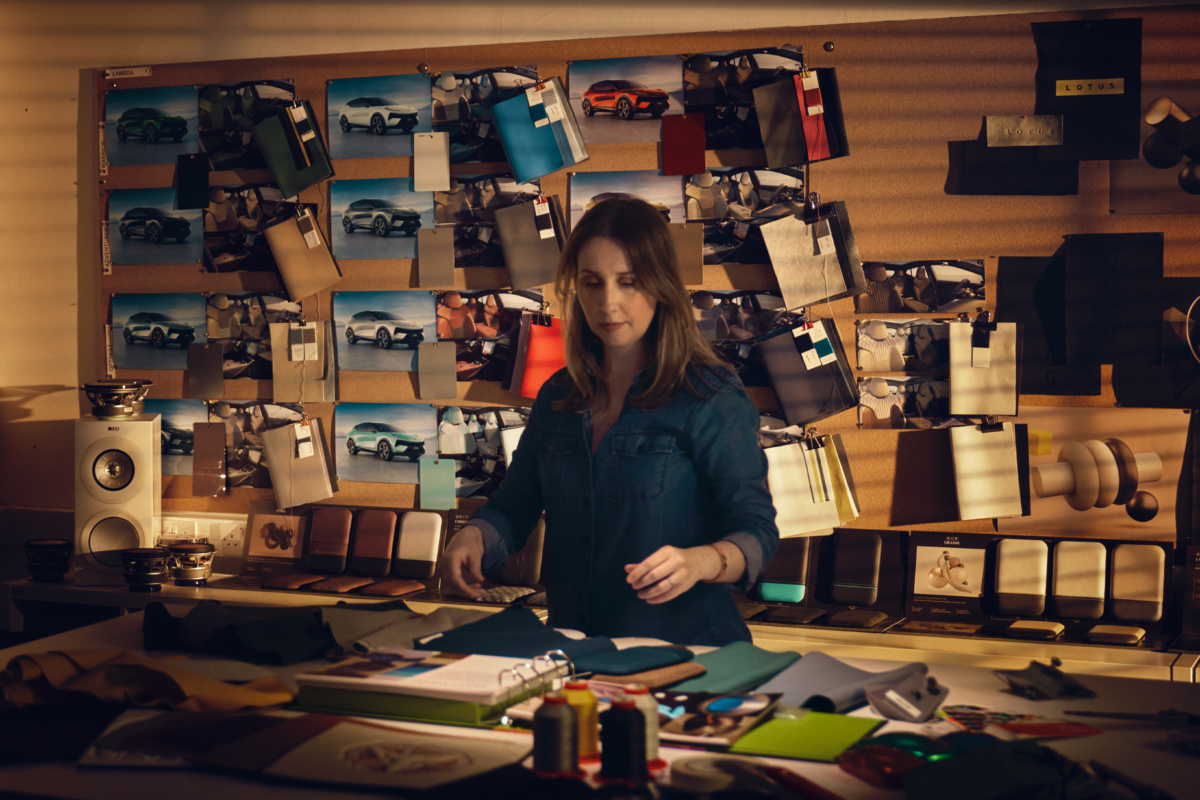
Once that’s iterated the physical models can be hand sculpted or digitized, then they go back into the digital system to checked by engineering, and there’s just loop after loop of this, and it gets tighter and tighter toward a production reality.
We’ll do mockups of all kinds of details and get that figured out. Eventually you get toward a sign-off model that is a very mature property where everyone in engineering agrees it’s feasible.
Then it has to go to a very senior review where everyone technically says, “yep, that’s the car we’re going to build, go for it.” Within that process we review right up to CEO level very frequently. CEOs and senior management within Lotus are very design literate and quite involved with the process. They really consider how we’re going to create these products and make sure they resonate with the new audience that Lotus is trying to capture.
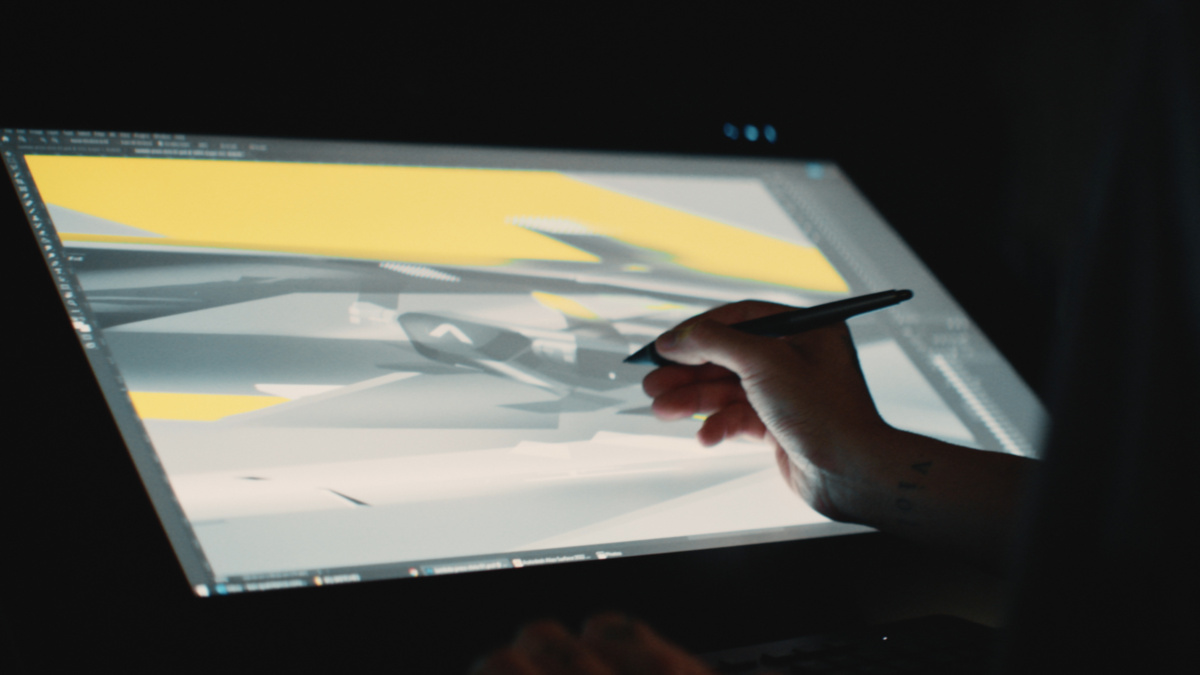
I’ve heard of designers producing these big-budget, elaborate C-Level sign-off events. What was your sign-off process like?
We were dealing with the pandemic, so we became extremely proficient in virtual reality. We get into VR space very often. We can collaborate with people anywhere around the world. Even the most senior executives and CEO level people are proficient in putting on a headset and looking at things in VR.
We do an awful lot of reviews from a very early stage when you can look at the car in many colors both inside and out, check all the options, see different variants, and make judgment.
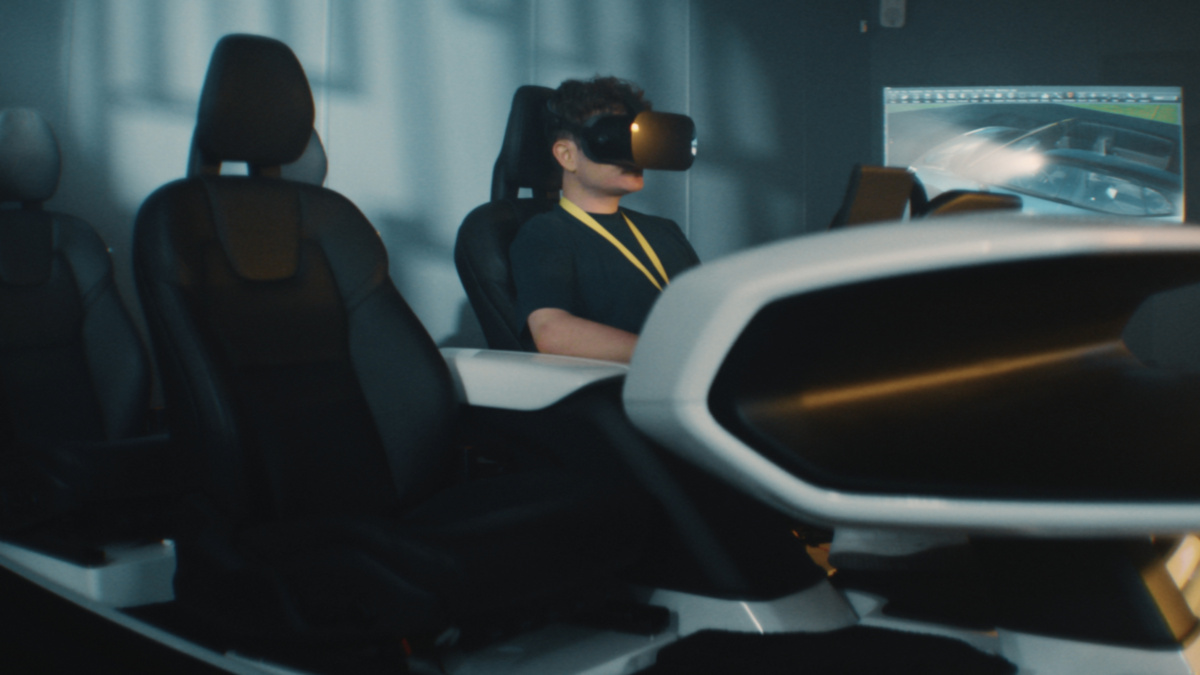
By the time we get to final sign off we already have very good alignment of what executives are going to see. By that point we’re pretty confident it’s going to go through a proper handshake with everyone maybe catching a couple of details. So it wasn’t a huge review, it was done internationally. The CEO was in another country. The model was in another country from us. We joined the review digitally, which seems bizarre, but that’s Covid.
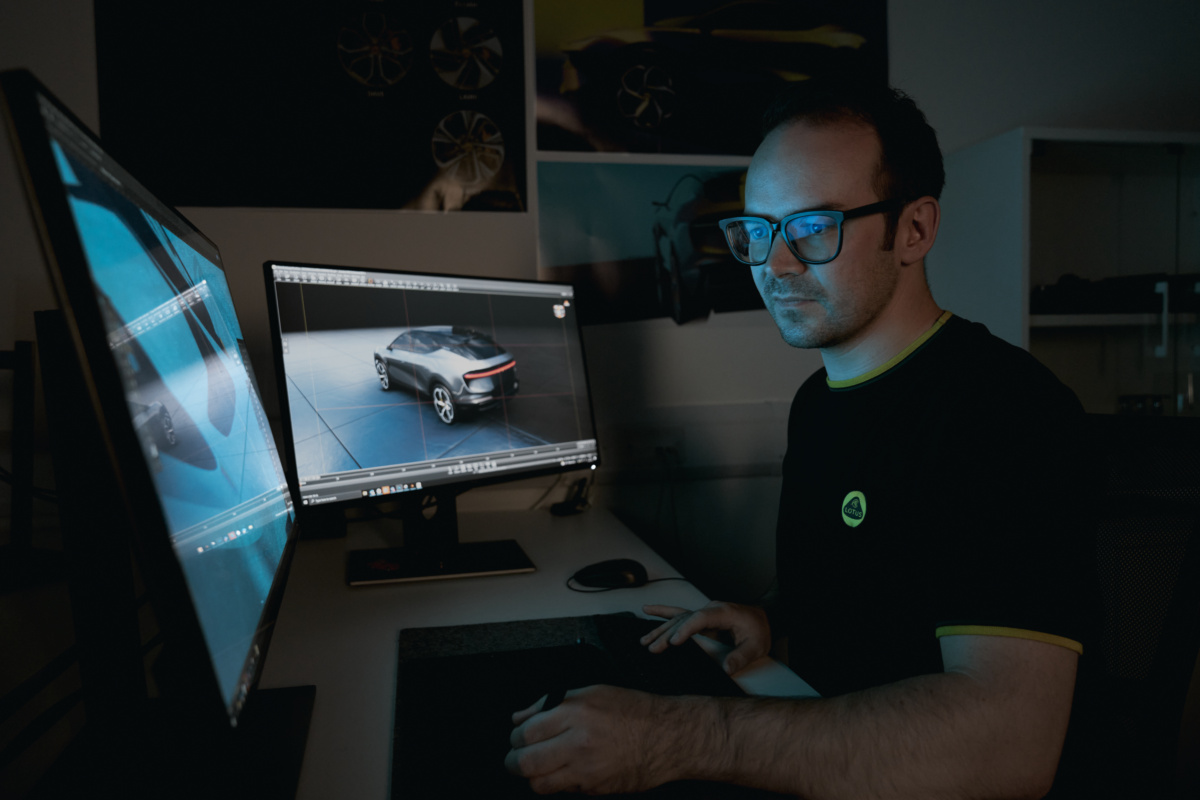
Was there a target user for Lotus Eletre?
It’s very complicated—we have to consider users all over the world. At the same time we have to reference back to the history of Lotus. The idea of the founder was to create something a bit different. Now we do that in a more digital way. We make sure every interaction is something super engaging, a bit more emotive.
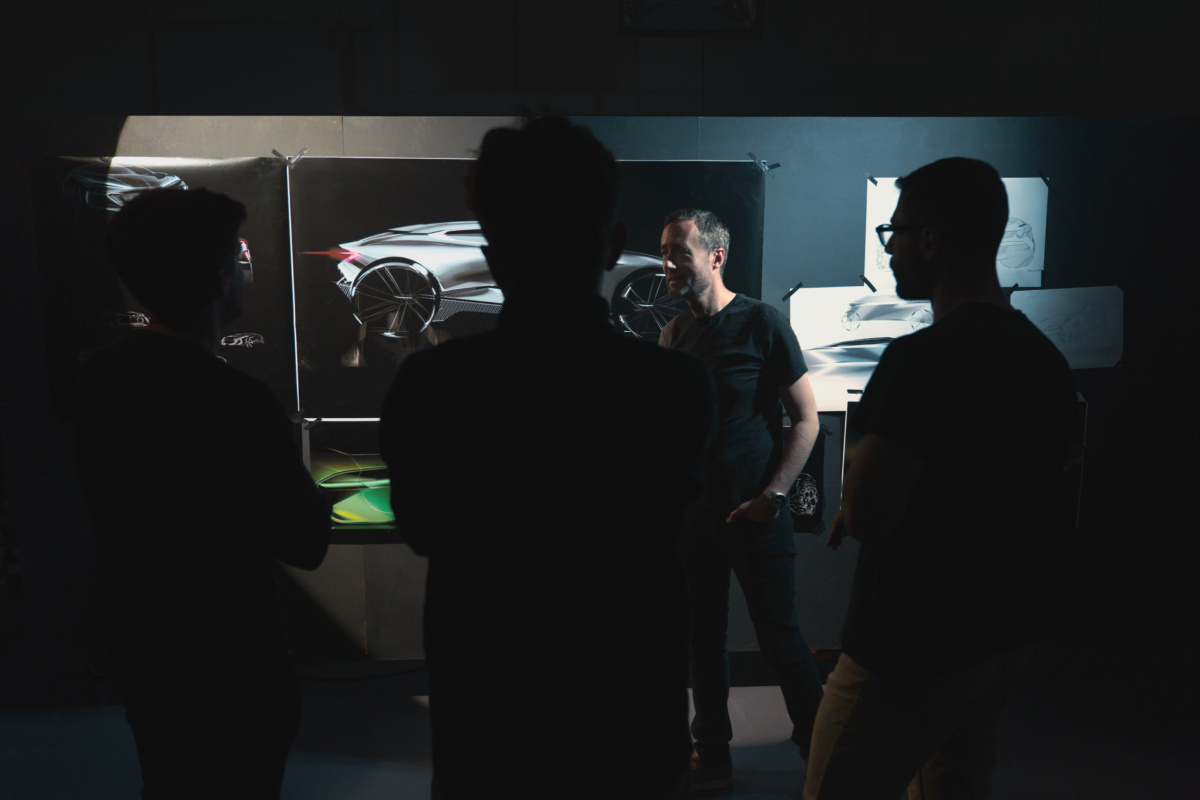
We don’t just take a sports car and scale it up. I think the car does look extremely sporty, especially if you have the ability to see one physically in the metal. It’s a really dynamic object, but it’s very carefully balanced to deal with mass and try to make a quite large car relatively light and agile. Interior wise there are so many firsts for Lotus that we wanted to make sure it was a blend of something extremely premium on one hand and on the other hand very technologically advanced—having this lightness of touch that it feels different but somehow also familiar. It was a difficult balancing exercise to try and get this car right.
The tail lamp on the Lotus Eletre is interesting because it does a second job of cleverly shows the charging power while it’s plugged in. Was that a design or engineering solution?
Purely from design. A lot of unique features and interesting things were born out of us trying to layer concepts into a product that helped the customer engagement, to make the car seem like it’s coming alive, a bit less inanimate. It gives a personality and a character, and that’s important for us.
For more info on the Lotus Eletre visit: lotuscars.com
Interested in going behind the design of other vehicles? We speak with the designers behind the Ford Bronco, Toyota Supra, a custom Rolls-Royce Wraith and Livewire.
